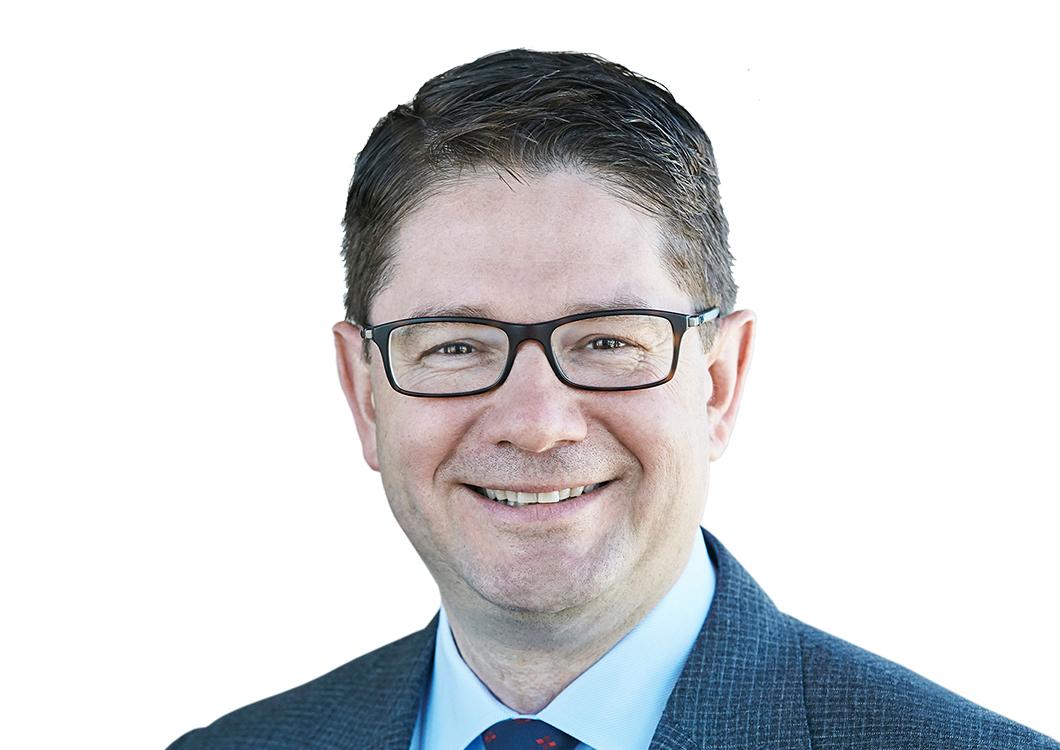
Eric Martel, president and CEO of Bombardier, spoke with reporters recently regarding its decision to halt production of the Learjet 75 Liberty. This means the end of manufacturing the Learjet brand, layoffs and other changes, during a year of transition to a pure-play business jet business.
What are your goals in the coming year?
We had a strong finish in aviation in Q4, which was very encouraging, and the market is showing early signs of recovery. Actually, this carries on. 2021 needs to be seen for us as a transition year post-COVID-19. We are taking action to improve earnings and cash flow. We announced … a reduction and improvement in our efficiency to reduce our costs by about $400 million across the company.
You announced the halt of Learjet production at the end of 2021 to focus on the more profitable Global and Challenger aircraft. What will happen to the Wichita site, where the Learjet 75 Liberty is assembled?
We clearly looked at multiple options, including selling the brand or doing something else with that. But I think the first I need to say is we will continue to support the more than 2,000 Learjets flying. Wichita is a very important site for us, and I’m not saying this lightly. All of our test programs and our test capability are in Wichita. Also, (we have) a growing platform on the service side, so we’re going to be growing services in Wichita. We’ve also announced that Wichita will be the center of excellence for specialized aircraft. So, the site is going to be busy. Wichita will remain a prime site for Bombardier.
Bombardier plans to cut 1,600 jobs in 2021. Where will the layoffs occur?
We are seeing the following breakdown: about 700 people in Quebec, 100 people in Ontario. Wichita will be approximately 250, and I would say the rest of the world will be the remaining (cuts). The reduction that we’re announcing is more office work. There are very few shop floor employees being affected. There is some shop floor work throughout Wichita, focused on specialized work. I’m sure we’re going to be able to keep busy some of these employees.
What are your plans for other Bombardier sites?
We’re not talking about a major divestiture going forward. I think we had it all last year with the sale of our commercial aircraft, the sale of our (rail) division, plus we had the Belfast facility (sale). Where we stand right now and what we need to do is to make sure that our company is today sized properly for the business we have in hand right now. We guided this for 110 to 120 airplane deliveries (in 2021), but I have some facilities that used to be capable of producing more than 400 airplanes. Those facilities need to be resized. It doesn’t mean there will be less people, and that’s super important. The one example I can give, and we’re having conversations with our union, is to reduce the footprint in Saint-Laurent here in Montreal, because that facility used to produce a lot more airplanes. It’s sitting right in the middle of the city here on a major piece of land, 4 million sq. ft., which we don’t need anymore. So, we’ll sell a piece of the field. We’re going to keep a piece of the land, and we’re going to be reducing the footprint of the factory. We’re going to be making sure that it’s super busy, because this is where you have a cost improvement.
So, we’re going to be bringing some work that is maybe outsourced back into the factory. As you know, we’re having a conversation right now for the flagship of Bombardier, the Global 7500, and also the other Globals moving to the Pearson airport. So, some of that cash that will come from the land (sale) will be used to finance that, but also will be used to improve our facility in Quebec and in Saint-Laurent.
You mentioned work to bring down the costs on the Global 7500. What do you need to do to achieve that?
The 7500 is a very important product for us. First, it’s our flagship (aircraft) right now. We’ve produced about 50 airplanes so far, 16 of them were delivered last quarter. The number of hours we need to build every airplane is going down very nicely. It’s normal in a new program like that. This year, our airplane will become profitable through the year. It’s normal at the beginning of a program, but this year, throughout the year 2021, every single airplane we’re going to be delivering will start to bank profits for us. So that’s a turning point for us, and we still have a major opportunity there. There’s also the pricing that is improving. Usually, when you launch a program with a launch customer, the pricing is lower. And now, pricing is improving as we deliver more airplanes, so both together will make a nice margin for us going forward.




